Title


| User mode: | Stranger/Member |
| Logged In: | Not Logged In/Logged In |
| Trips: | |
| Working trip index: | 1 |
| Trip edited: | No |
| Trip has saves: | No |
Midway, Utah, nestled in the picturesque Heber Valley, boasts a rich history that adds depth and charm to its breathtaking landscapes. This quaint mountain town, known for its Swiss heritage and vibrant community spirit, offers a unique blend of cultural and historical experiences. From its origins as a settlement for Swiss immigrants to its role in hosting major Winter Olympic events, Midway's past is as captivating as its natural beauty. Explore the fascinating stories and landmarks that have shaped this enchanting town and discover why Midway is a cherished gem in Utah's historical tapestry.
1824 - The first Anglo-Americans visit the area just east of Mount Timpanogos. They were members of a fur-trapping brigade led by Etienne Provost. For many years, the valley was referred to as Provo or upper Provo; the river running south through the valley still bears the name of that explorer but the town became known as Midway City.
1849 - Conflicts with the Utes and other Native American tribes began as settlers continued to encroach on tribal lands. During the Black Hawk War of 1865-1867, the upper and lower settlements moved to where Midway is now. The two settlements were called “Fort Midway” (the halfway point between the two communities). The Swiss had several centuries of self-governing experience which resulted in the Swiss taking a strong roll in Midway government.
Early 1850s - Sawmills were built with three main operators: Henry T. Coleman, John Watkins, and Moroni Blood.
1858 - A wagon road was completed through the Provo Canyon. The two small settlements of Heber and Mound City by Wasatch Mountain State Park reached an agreement to build a fort halfway (or midway) between the two existing communities. This was the beginning of the modern-day mountain town Midway.
Summer 1859 - Several families began settling in the northeast part of the valley and two settlements were established along Snake Creek. The “upper settlement” was situated on both sides of Snake Creek (approximately two miles above the present site of Midway) and the “lower settlement” was about a mile and a half below the present site of Midway.
By 1861 - 50 families had arrived in these settlements. During this time, the area became known as Mound City because of the limestone formations that were created by the hot springs in the area. John H. Van Wagoner constructed the first commercial gristmill. Soon followed retail stores, one of which was the Bonner Mercantile Store (now Midway Mercantile Restaurant). Later other retail stores were built by Henry T. Coleman and Simon Epperson.
By 1890 - Midway was a thriving rural community and in 1891 the citizens organized a civic government and incorporated as the Town of Midway. The principal occupation in Midway was “farmer” or “farm laborer”, but other trades developed to support the necessities of daily living to include: carpenters, masons, brick makers, blacksmiths, gristmills, sawmills, lime kilns, quarries, ice storage and stores.
1858-1868 - Logs from the white pines of the Wasatch Mountains were the first building materials used. One of the structures that dates back from this period is the John Watkins home (22 West 100 South, Midway), an English builder and architect, built as an American adaptation of the simple English cottage of his homeland. This home has been altered but retains its central passage plan and the three chimneys, one for each of his three wives, still stands today.
1866 - Indian hostilities grew and territorial governor Brigham Young encouraged settlers to construct forts for protection. The two small settlements reached an agreement to build a fort midway between the two existing communities, thus the beginning of our modern day town name, Midway.
1860s and 1870s - A large number of Swiss families arrived with names such as Gertsch, Huber, Kohler, Probst, Zenger, Durtschi, and Abegglen, among others. Some of these family names are still found in Midway today.
1869-1890 - Single family residences of one-story or one and one-half stories are constructed with side-gabled roofs and hand-formed brick and stones being the most common building materials. The local “pot rock,” a porous limestone made from the minerals found in geothermal waters that run below and through Midway, was a popular building material that is part of existing homes and fences through Midway today. Styles ranged from Gothic Revival to Classic Revival (Greek Revival) with the cluster of four homes at the intersection of 100 South and 100 West in Midway sharing these features.
1880s - The many hot water springs or ‘hot pots’ in the Midway area resulted in several resorts being developed including Schneitter’s Hot Pots (now Homestead Resort) and Luke’s Hot Pots (now Ameyalli Resort).
1891-1916 - Midway was incorporated June 1, 1891. Single family residences continued to be constructed as the town's population grew.
1930s and 1940s - Important civic improvements were made during this time. A concrete sidewalk program began in 1938, and the Midway Recreation Center (now known as Midway Town Hall) was dedicated in June 1941 which is used to this day for many community events including the famous Swiss Days Festival held each fall over Labor Day weekend.
1947 - Midway Swiss Days (originally called Harvest Days) was established through the efforts of Luke’s Hot Pots Resort owners, Joseph B. and Pauline S. Erwin, and a number of local enthusiastic supporters. That group of local supporters then became a club known today as the Midway Boosters. This group continues to play a big role in many city improvement projects and area activities. Learn more about the history of Midway Swiss Days.
Explore the downtown Midway area by foot and learn about the nearby historic homes and sites. Check out the below list and map showcasing some of these "must see" locations. Learn more about the murals and statues that grace the greater Heber Valley area.
Town Hall: 120 West Main Street, Midway, Utah 84049

-Built 1939-41
-Constructed from “pot rock” or tufa, a limestone precipitate created from the geothermal waters in the area, and the lime used in the mortar was locally burned.
-The lumber was from trees that grew in the local mountains and milled by the Michie Brothers.
-In 2011, the building was upgraded with seismic stabilization, a new roof, new windows, electrical and HVAC systems.
-The Swiss Glockenspiel was installed in 1987.
Community Center: 68 West Main Street, Midway, Utah 84049
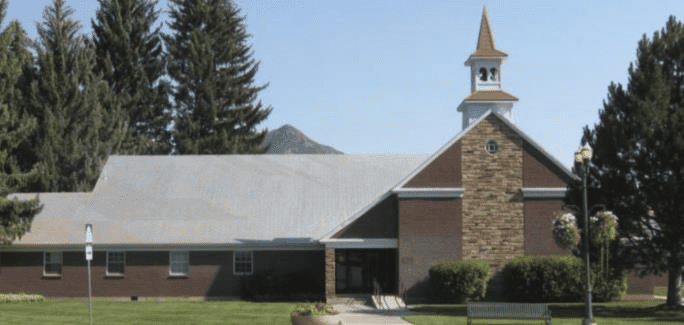
-Built 1886
-A portion of the 2-foot thick walls of pot rock can be seen in parts of the cultural hall today.
Burgener-Boss Home & Farmstead: 102 West 100 North, Midway, Utah 84049

-Built 1875
-The property still retains all the major buildings that were erected on the farmstead, including the two-story home (1875), granary and smokehouse (1875), barn (1885), chicken coop (1920), an outhouse (date unknown)
Hair-Luke Home: 44 West 100 North, Midway, Utah 84049
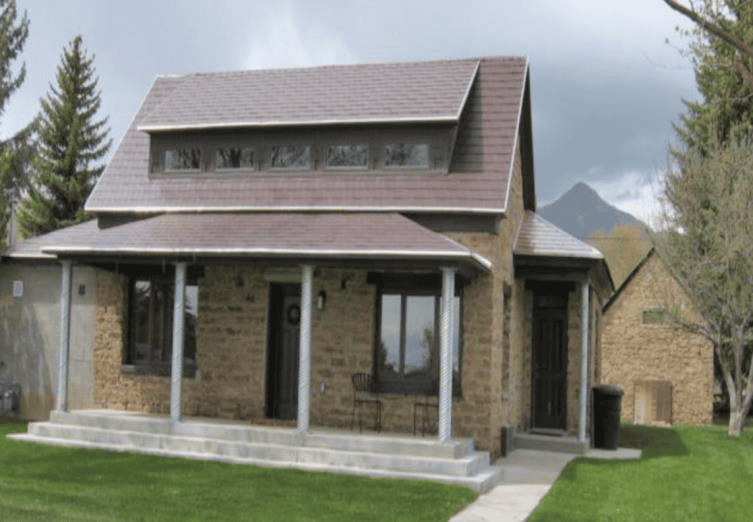
-Built 1885
-Two-room hall-parlor with a wooden lean-to kitchen in the back.
-Build from pot rock.
-Creamery-root cellar and granary still standing today in the back yard.
Neilson-Johnson-Besendorfer Home: 75 East 100 North, Midway, Utah 84049

-Built 1896
-A simple hall-parlor Gothic Revival-style built from pot rock.
-Colonial Revival-style broken-pediment window trim was added to the front windows in the 1960’s to hide the shortened window size.
-A favorite to paint and sketch of those who participate in the Plein Air artist festival held in the Fall and Spring each year.
Fill'Er Up Coffee Station: 201 East Main Street, Midway, Utah 84049

-Built 1929
-This was once a filling station in Midway.
-Empty WWI ammunition boxes were used to build this structure and one of the walls inside the building showcases this unique building feature.
-Photo taken in 2008. The local coffee shop has undergone many additions to the interior and exterior since this picture.
William Bonner Home: 110 East Main Street, Midway, Utah 84049

-Built 1877
-Built with locally sourced brick.
-The barn (and granary) that stand on this property were a common feature of early Midway as a farming community
George Bonner Jr. Home: 90 East Main Street, Midway, Utah 84049

-Built 1877
-The Bonners lived in this home until their deaths in 1913 and 1944
-This home passed out of the Bonner family around 1997 and was converted into a commercial property around 2005-2006
George Bonner Sr. Home: 103 East Main Street, Midway, Utah 84049

-Built 1876
-Designed and built by John Watkins, it’s a variant of the popular 19th Century cross-wing style on both sides of the central block or parlor
-The home was used as a small boutique store for several years and under new ownership has been reclaimed as a rental property
Midway Mercantile Restaurant
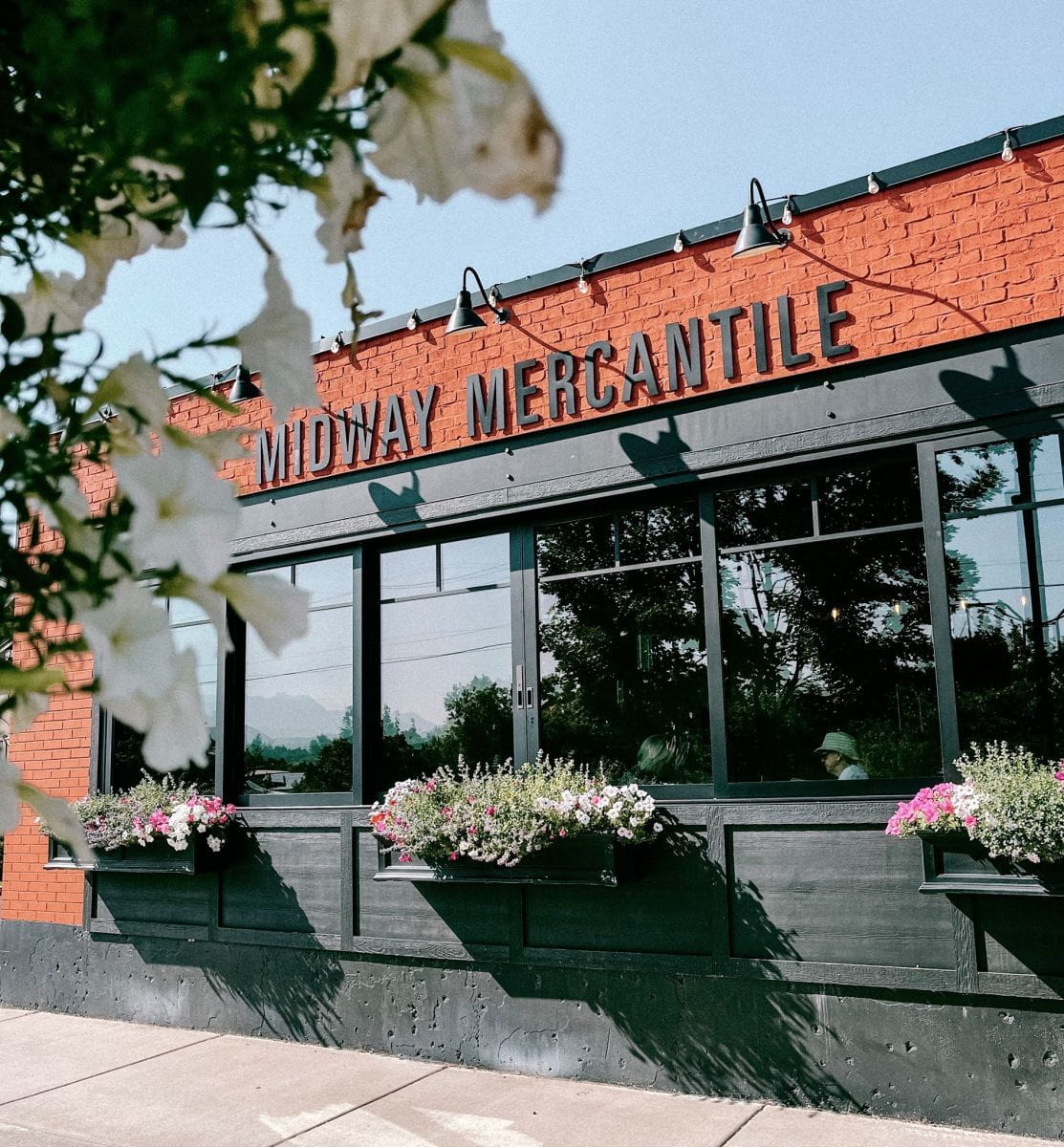
This local eatery is the site of the original Bonner Mercantile. The story begins in 1874 when the Bonner brothers built the original mercantile structure. They helped keep the Heber Valley fed and supplied for decades. The original structure, which once sat along what is now Midway Main Street, was moved at some point. It now sits back about 50 yards and is in use to this day as part of the Midway Mercantile Restaurant space (adjacent to the outdoor patio space). A visit to this restaurant grants you access to the back dining space where you can see the original wooden beams and square nails, preserved in the space today.
Social Hall & Cannery: 71 East Main Street, Midway, Utah 84049
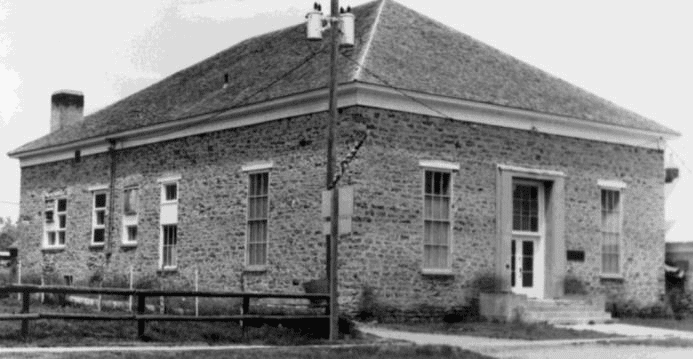
-Built 1898
-The pot rock walls are 22 inches thick
-From 1898 to the early 1940’s was the center of Midway’s social scene, hosting many activities including: plays, operas, speeches, concerts, box socials and Saturday night dances with live music from the Midway Orchestra
-Starting in 1941, the hall was used as a cannery and welfare storage center by the Mormon church
-Up until 2011, it was still used as a cannery and Bishop’s storehouse and since, has been used primarily for making Swiss bread and Scones (dough only) that are sold at the annual Swiss Days festival in September every year
Watkins-Coleman Home: 5 East Main Street, Midway, Utah 84049
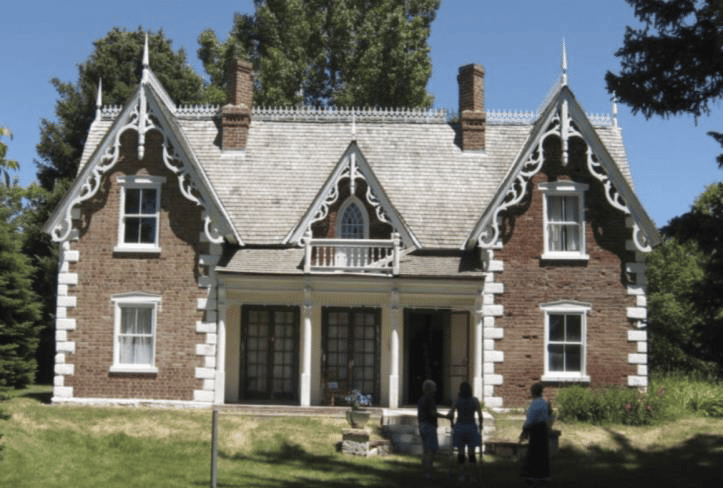
-Built 1868
-Built and owned by John Watkins, making this the oldest brick home in the Heber Valley
-The hand-formed brick and white sandstone home of Gothic Revival style was placed on the National Register in 1971
William Van Wagoner Home: 101 West Main Street, Midway, Utah 84049

-Buit 1888, but not finished until 1895
-The photo was taken in 2008 as the restaurant, Café Galleria, was being developed to take over the space.
SOURCES: Historic Midway Utah Homes 1868-1965 (2014); Midway Historic Preservation Committee (Preserve Midway)